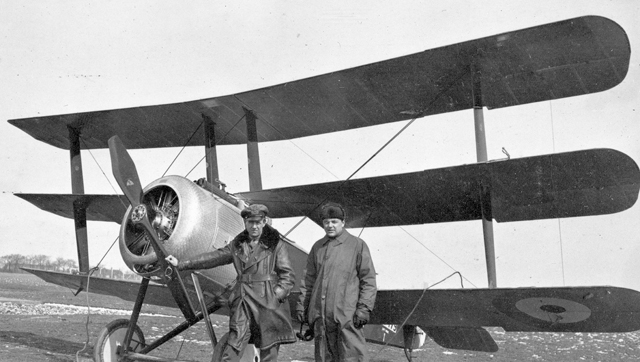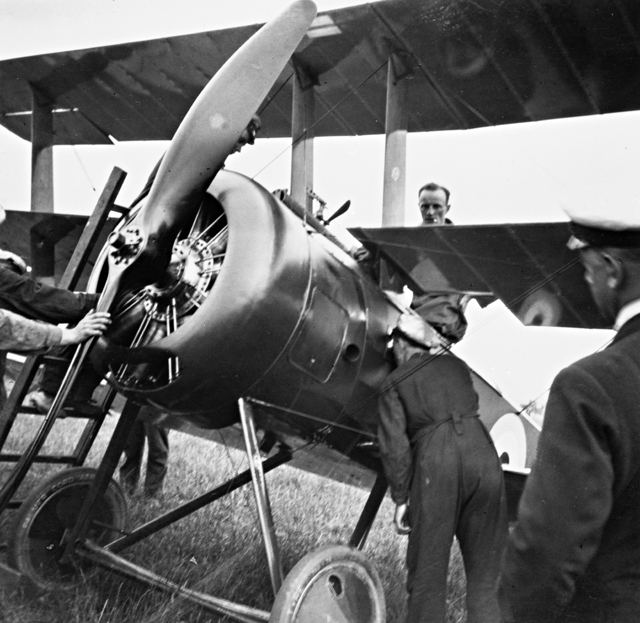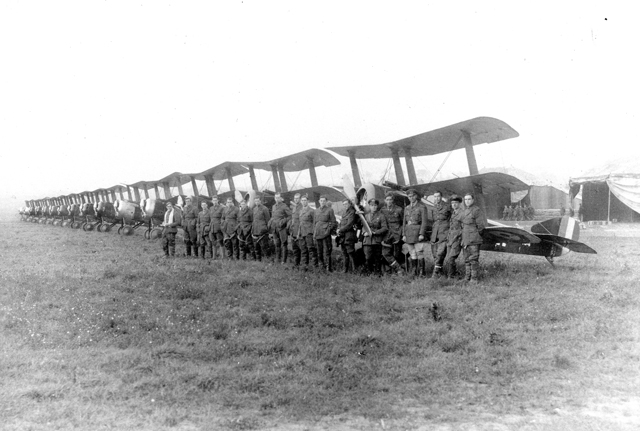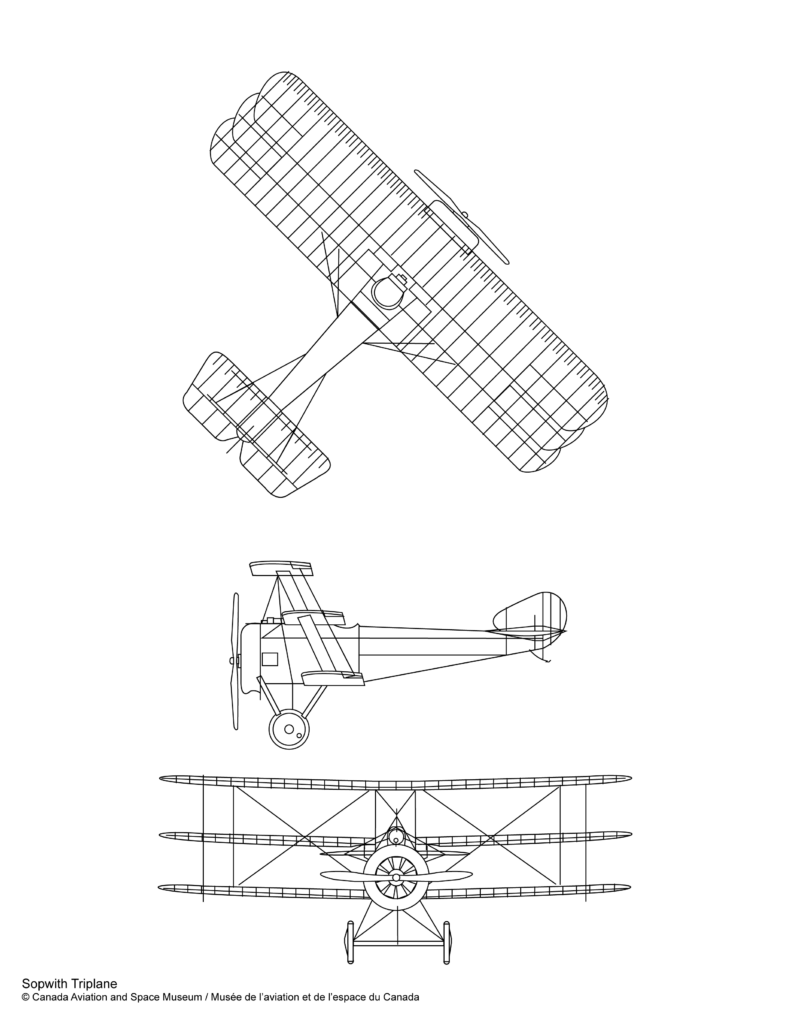Sopwith Triplane
Highlights
- A U.K.-designed, single-seater fighter aircraft manufactured by Sopwith Aviation Company during the First World War
- Designed following the Sopwith Pup, with excellent manoeuvrability and the aim of maximizing pilot visibility
- Used for less than a year in wartime, yet its success inspired several German triplane designs
- Served the all-Canadian B Flight of No. 10 (Naval) Squadron in downing eighty-seven enemy aircraft between May and July 1917
- First flight was in May/June 1916
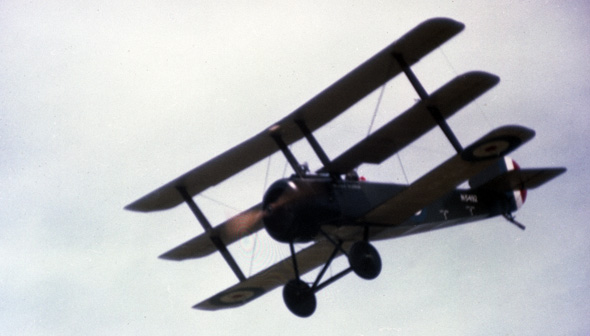
Artifact no.: 1967.0693
Manufacturer: Home-built (Carl Swanson)
Manufacturer location: United States
Manufacture date: 1966
Acquisition date: 1966
Registration number: N5492 (RNAS)
History
The Triplane was a successful attempt to produce a fighter with outstanding manoeuvrability and excellent visibility for the pilot. Records of procurement are very confused, but the Royal Naval Air Service received all of the small number of Triplanes available. Even though the Triplane remained in front-line service for less than a year, it was so successful that it inspired several German triplane designs. Only 150 Sopwith Triplanes were built.
The all-Canadian B Flight of No. 10 (Naval) Squadron, equipped with Triplanes, downed 87 enemy aircraft between May and July 1917. Called the Black Flight because of the black markings of their airplanes, their aircraft were named: Black Maria, Black Sheep, Black Prince, Black Roger, and Black Death.
Current location
Reserve Hangar, Canada Aviation and Space Museum
Provenance
Purchase
The Museum’s Triplane is a reproduction built by American amateur airplane-maker Carl R. Swanson between 1963 and 1966. The Museum purchased it in 1966, and provided and installed its Clerget 9B rotary engine. Wing Commander Paul A. Hartman piloted the aircraft during its first flight, on May 5, 1967 at Rockcliffe airport. It remained airworthy and flew on special occasions until 1971.
Technical information
- Wing span
- 8.1 m (26 ft 6 in)
- Length
- 5.7 m (18 ft 10 in)
- Height
- 3.2 m (10 ft 6 in)
- Weight, empty
- 499 kg (1,101 lb)
- Weight, gross
- 699 kg (1,541 lb)
- Cruising speed
- Unknown
- Max speed
- 187 km/h (116 mph)
- Rate of climb
- 305 m (1,000 ft) / 50 sec
- Service ceiling
- 6,705 m (22,000 ft)
- Range
- 2.75 hours (Endurance)
- Power plant
- one Clerget 9B, 130 hp, rotary engine
